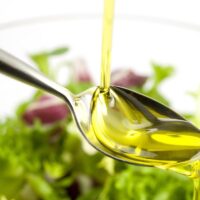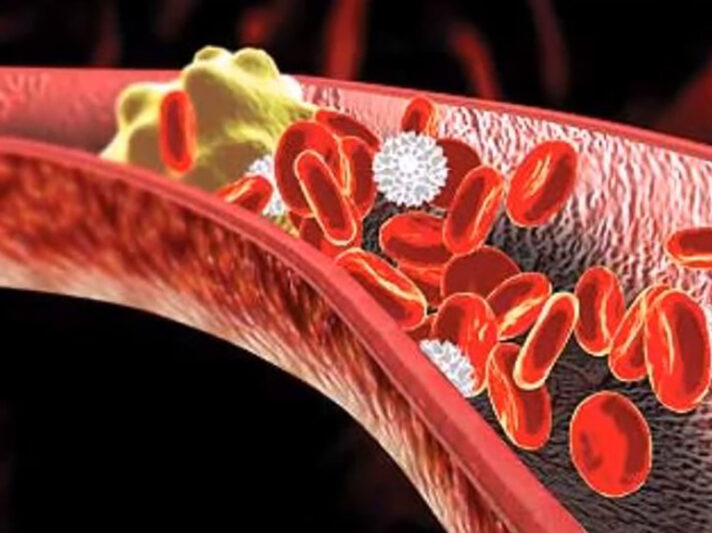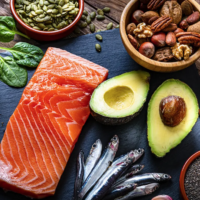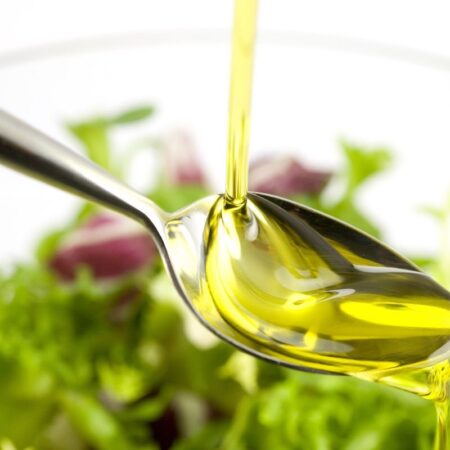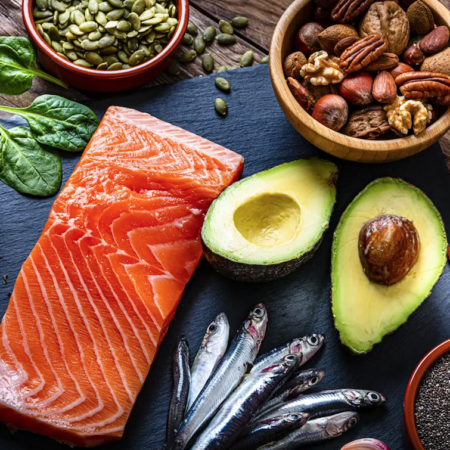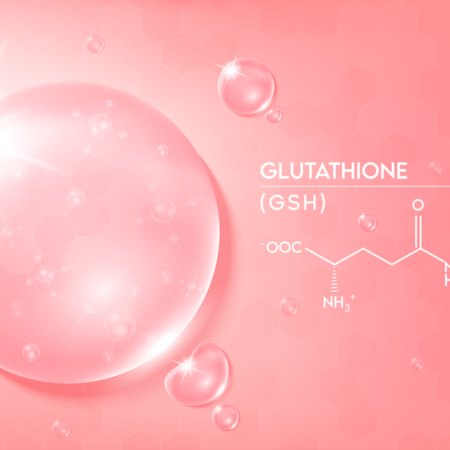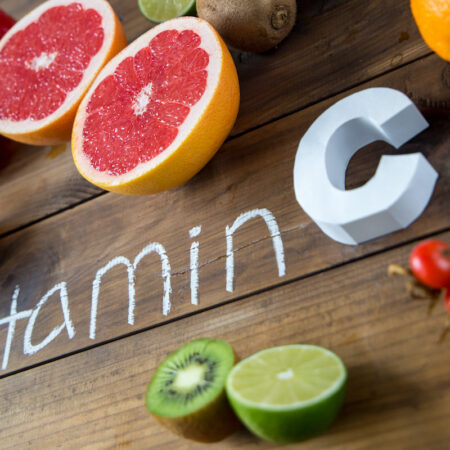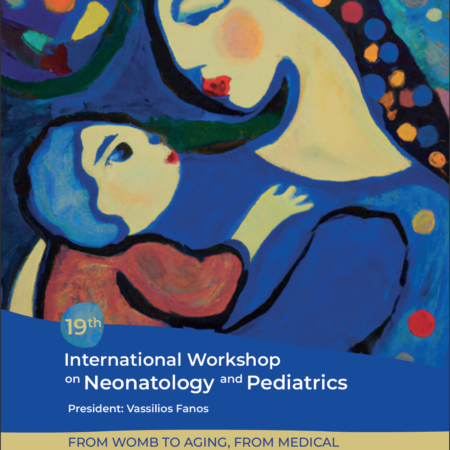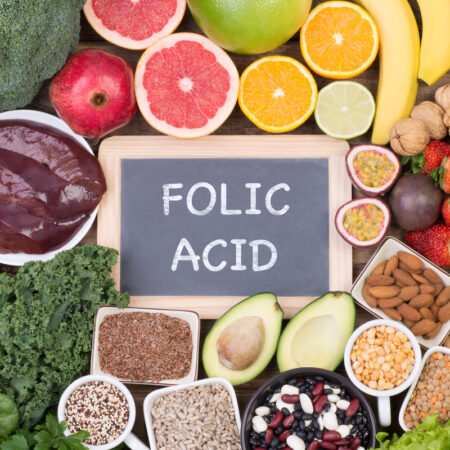Food sources are very important, and the quality of fats depends on those
We have seen that glycerides are complex lipids in which fatty acids are present. The main and most numerous in the diet and in our organism are triglycerides, composed of a molecule of glycerol (a type of sugar) + three fatty acids joined with an ester bond, i.e. of the alcoholic type.
The non-soluble part of this class of lipids are fatty acids, which are further divided into:
- Saturated (mostly of animal origin), thus defined on the basis of the hydrocarbon chain that constitutes their chemical structure, and which in their case is free of bonds but which can be more or less long. Saturated fatty acids in nature, i.e. in a “natural” state at room temperature, are solid.
- Unsaturated (vegetable oils and fats), which are divided into two subcategories: monounsaturated (because they form only one bond), and polyunsaturated which form multiple bonds. Unsaturated fatty acids are naturally liquid and more unstable than saturated ones.
The most common saturated fatty acids that we obtain from animal food sources are: butyric acid (found in dairy products), lauric acid (contained, for example, in palm oil), and palmitic and stearic acids (acid long-chain saturated fats), very present in both animal sources (e.g. meat fat) and vegetable sources (such as cocoa butter).
We come to monounsaturated fatty acids, mostly of vegetable origin, among which oleic acid stands out, in which our olive oil is very rich, the “king” of condiments in the Mediterranean diet. But among the monounsaturated ones we also find some unsuspected animal derivations. For example, vaccenic and gadoleic acids contained in fish oils, or caproleic acid contained in milk.
Polyunsaturated fatty acids include the much celebrated omega 3, but also the slightly more problematic omega 6. Polyunsaturated fatty acids of the omega 3 type (present in both vegetable oils and fish oils) are linolenic, alpha-linoleic (actually a precious precursor, which our body uses to synthesize EPA/eicosapentaneoic acid and DHA/docosahexaenoic acid) and arachidonic acid. Omega-6 linoleic fatty acids (LA) and omega-3 alpha-linolenic fatty acids (ALA) are defined as essential because the human body, unlike plant organisms, is not able to synthesize them and must necessarily obtain them from food.
Warning: triglycerides can also be partly produced by our body, but unlike what happens with cholesterol, the majority is derived from the foods we eat.
In summary: we can define triglycerides as friends or enemies of our health. Certainly friends, but a lot depends on their composition and concentration in the blood. Triglycerides that can be broken down into monounsaturated and polyunsaturated fatty acids are certainly more protective for our general health and should be preferred, but we must not demonize “good” saturated fats (yes, they are there too).
Food sources are very important, and the quality of fats depends on them.
What about cholesterol? As we have seen, it is classified as a complex lipid largely self-produced by the body for structural purposes. Both endogenous cholesterol and the small part (about 30% of the total) obtained from food sources flow into the blood transported by lipoproteins which are identified by two acronyms well known to us: LDL (low density lipoprotein) and HDL (high density lipoprotein).
We are used to defining the former as “bad cholesterol” and the latter as “good cholesterol” but these are misleading definitions. LDL, in fact, have the task of transporting cholesterol to the various areas of the body that this lipid serves, and therefore acts as a means of distribution. HDL, on the other hand, have the opposite task, that is, they recover excess or unused cholesterol and bring it back to the liver to be reconverted.
As can easily be understood, in health conditions both cholesterol lipoproteins are useful and necessary, the essential thing is that HDL values remain above 30% of total circulating cholesterol. In this way, the risk that this lipid can “stick” to the venous and arterial walls and become a danger to cardiovascular health decreases.
Total cholesterol (involves the sum of HDL and LDL): should not exceed 200 mg/dl.
